Regular physical activity is a vital part of keeping yourself healthy if you have COPD. Unfortunately, the very nature of the disease makes exercise more difficult, with fatigue and breathing difficulties being some of the major symptoms.
Because of this, doctors have long recommended pulmonary rehabilitation to COPD patients who have trouble staying active or getting enough exercise. Pulmonary rehabilitation classes are designed to help people with breathing disorders learn how to work out and stay healthy while keeping their symptoms under control.
Unfortunately, there are often not enough spaces in pulmonary rehabilitation programs to accommodate every patient who needs to attend. In fact, many patients in rural areas don't even have the option of attending pulmonary rehabilitation without driving many hours from where they live.
Another problem with pulmonary rehabilitation classes is the cost. One study found that the average patient has to pay more than $2,000 just to participate in a single group pulmonary rehabilitation class.
Because of this, many people with COPD and other respiratory diseases who could benefit from pulmonary rehabilitation classes have to do without, either because all the classes in their area are full, there are no nearby programs at all, or because they simply cannot afford the cost. However, researchers have begun identifying alternatives to pulmonary rehabilitation so that more patients with respiratory diseases like COPD can get the treatment they need.
For instance, certain exercise techniques, like Tai Chi and yoga, can be very effective for helping patients with COPD build their exercise tolerance and improve their symptoms. Patients often need help from trained instructors to learn how to exercise well, and attending these types of exercise classes can provide the structure and learning environment that people with COPD need.
While attending an actual pulmonary rehabilitation is still the ideal choice when possible, studies show that techniques like Tai Chi can be just as beneficial for improving your physical health. In this post, we'll introduce you to these techniques and show you how you can use them to improve your fitness, build up your exercise tolerance, and reduce your COPD symptoms.
Tai Chi for COPD

Tai Chi is a lesser-known type of exercise in western countries like the United States, but it has long been recommended to people with COPD for both its mental and physical benefits. It is an exercise style made up of many different “forms,” or poses and movement techniques, that focus on balance, muscle control, and breathing.
The origins of Tai Chi lie in ancient China, where it was originally used as a form of self defense. It is still used today, often as type of gentle, low-impact exercise meant to improve physical fitness and psychological health.
There are many different Tai Chi styles, each of which focuses on a different aspect of the technique. Some forms of Tai Chi emphasize physical strength, some emphasize martial arts, and others put more focus on the meditation and breathing aspects of Tai Chi.
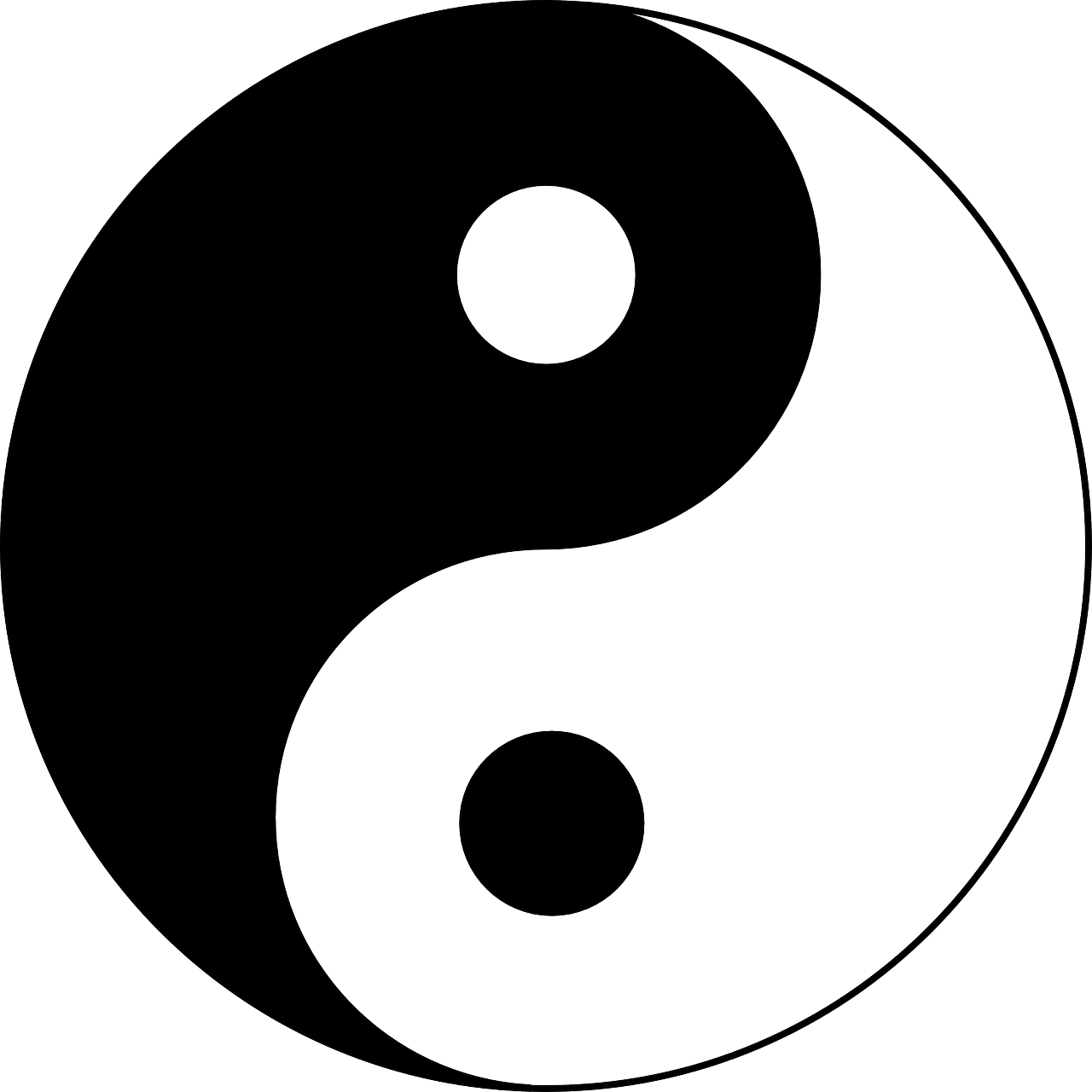
Although Tai Chi is traditionally grounded in the Chinese philosophies of Qi and yin and yang, you don't have to understand or subscribe to these belief systems in order to practice the technique. The exercise techniques alone have been shown to confer a variety of health benefits, especially for people with age-related diseases.
What Makes Tai Chi Special

Tai Chi is considered a wonderful exercise technique for seniors and people with chronic diseases. This is because it uses slow, low-impact movements that are perfect for people with limited strength and physical mobility.
Sometimes described as “meditation in motion,” Tai Chi is known for its integrated mind-body techniques. The different Tai Chi forms are practiced using relaxed, fluid movements that don't stress your muscles and train you to focus on the sensations you feel in your body.
Tai Chi is made up of a variety of different forms, which are individual sets of movements and poses that make up the physical aspect of Tai Chi. Some forms are short and simple, requiring just a few discrete movements at a time, while some are longer and more complex.
Just about anyone can practice Tai Chi, and the techniques can be modified for people with disabilities or people with limited strength and endurance. However, its focus on mindfulness and breathing makes it particularly helpful for people with respiratory diseases like COPD.
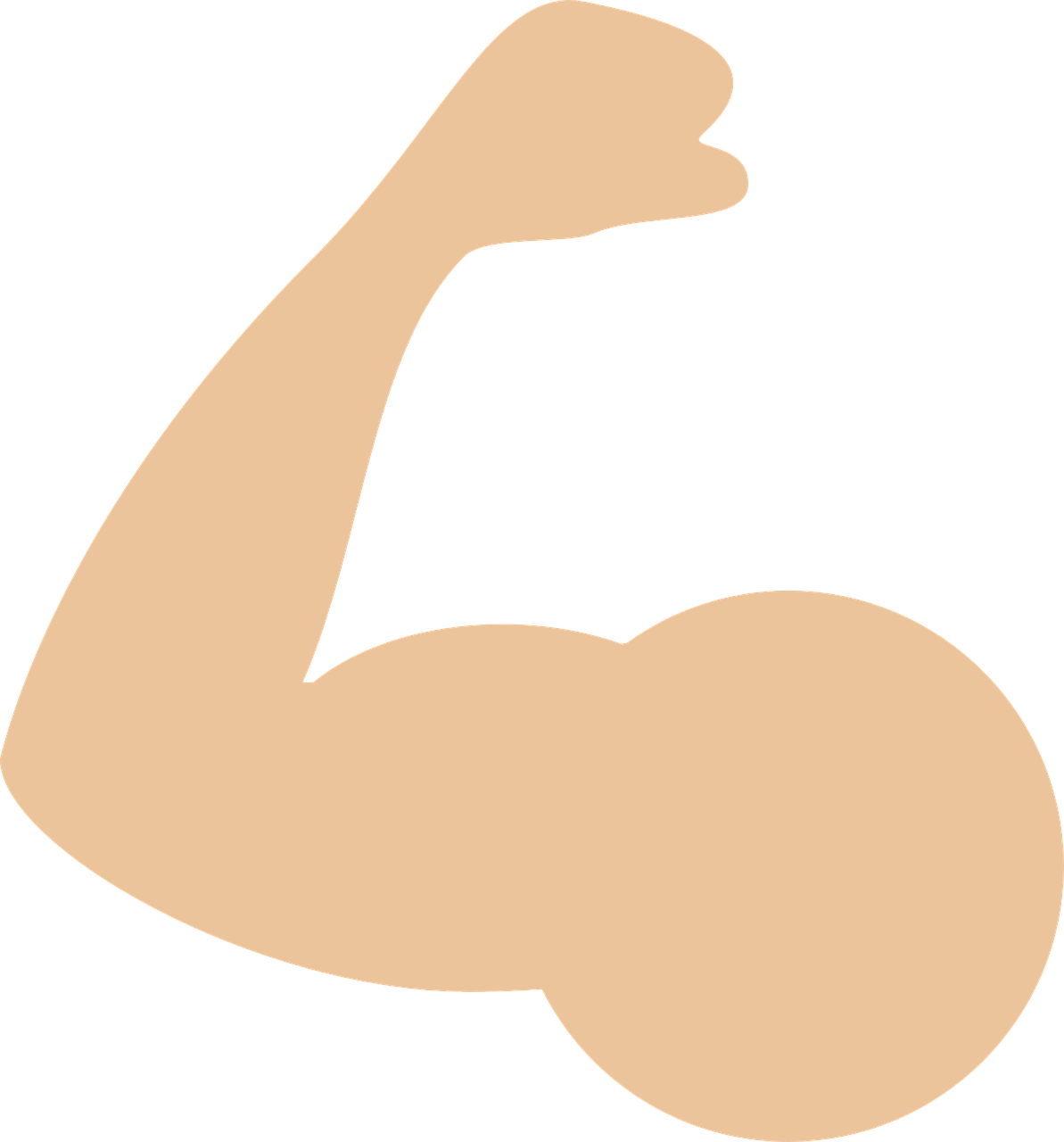
Tai Chi not only helps you stretch and tone your muscles, but it teaches you how to manage your thoughts and breathing as you exercise. This makes it a perfect exercise for COPD patients who have trouble exercising without experiencing breathlessness and fatigue learn how to better control their breathing and exercise more effectively.
You can also use the breathing and relaxation techniques you learn from Tai Chi in a variety of circumstances outside of Tai Chi practice. It can help you calm yourself when you feel anxious, steady your breathing when you feel short of breath, and translate the breathing techniques you've learned to other physical activities to reduce your symptoms and increase your endurance.
{{cta('fa8abc2a-1e88-4fa3-82fd-1cb5b9ed43b2','justifycenter')}}
Studies on Tai Chi and COPD
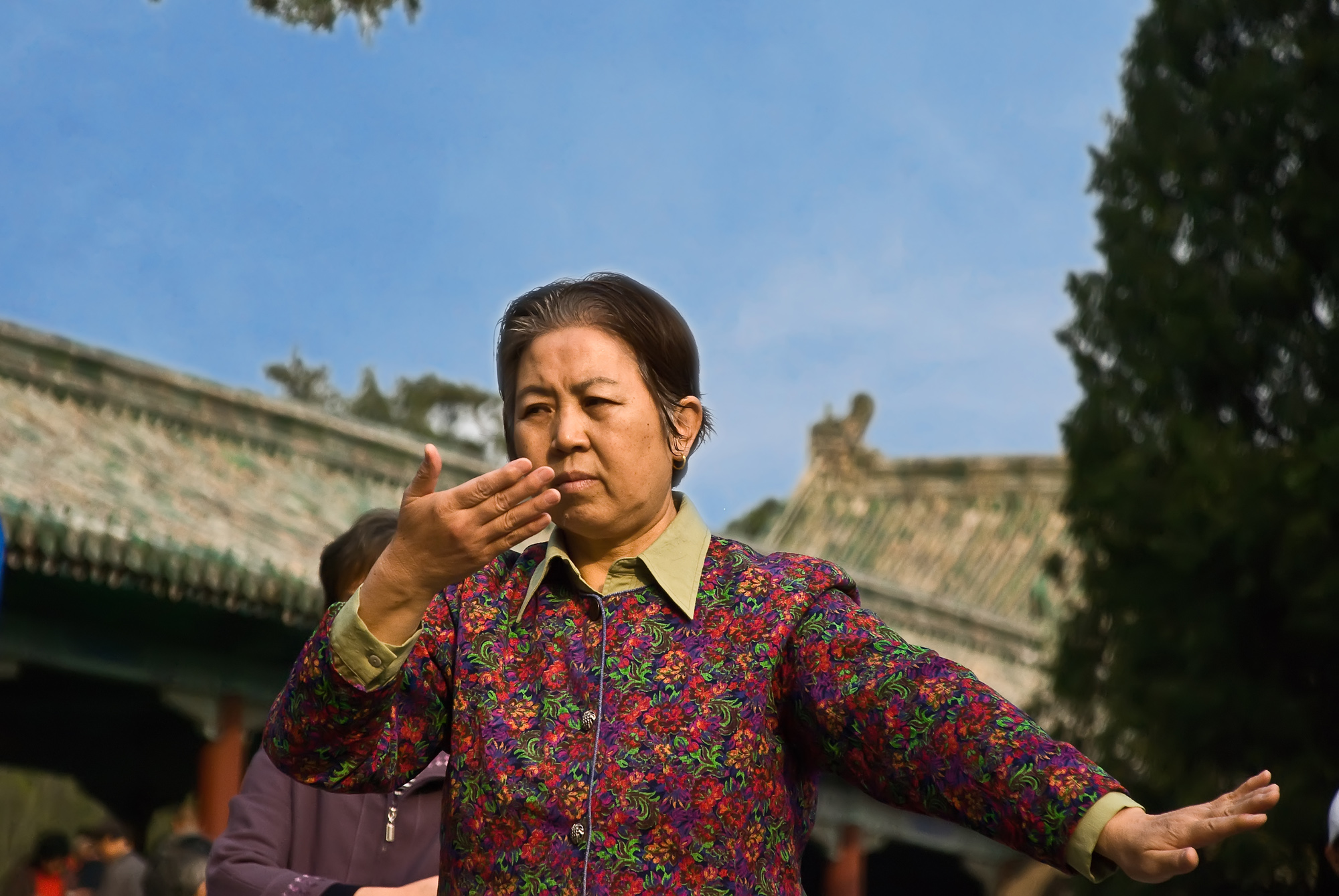
Health researchers have long been interested in Tai Chi as a form of exercise to improve strength and overall health. More recently, a number of studies have looked at the potential of Tai Chi as a treatment for COPD and come up with encouraging results.
One of the most recent studies, which was published in the journal Chest, found that patients who practiced Tai Chi for twelve weeks showed improvements in muscle strength, respiratory symptoms, and their ability to exercise without feeling breathless. What's more, the patients who did Tai Chi saw just as much improvement, if not more improvement, than patients who attended a standard pulmonary rehabilitation program for the same length of time.
The participants in this particular study used a type of Tai Chi known as the 24-form Yang style, which they practiced for five hours total every week. However, other forms of Tai Chi are also effective, as an academic review of the research on Tai Chi for COPD shows.
A Cochrane review looked at a number of studies on Tai Chi and COPD and found that Tai Chi was just as effective at reducing shortness of breath as standard COPD treatments. And although the evidence for this was not conclusive, the studies also appeared to reveal a slight advantage of Tai Chi over typical treatments, with participants who practiced Tai Chi having slightly better lung function and being able to walk further without feeling too short of breath.

The Cochrane review also found that there were no negative side effects or adverse events from practicing Tai Chi in any of the studies they reviewed. They concluded that “Tai Chi is safe to practice in people with COPD,” although it's still always best to check with your doctor before you starting any new exercise routine.
The American Lung Association also recommends Tai Chi as a form of light exercise and a way to reduce the psychological and emotional stress that many people with COPD suffer. They encourage patients who experience chronic anxiety, fatigue, or frequent COPD symptom flare-ups to try Tai Chi as a way to improve their physical and mental well-being.

Here is a quick run-down of all the major benefits you can get from practicing Tai Chi:
Benefits of Tai Chi
- Teaches you how to regulate your breathing while exercising and doing physical activities
- Puts minimal strain on muscles and joints
- Helps you minimize shortness of breath when you walk and work out
- Can improve your lung function
- Reduces stress and anxiety
- Improves mood and energy
- Improves exercise endurance
- Increases muscle strength and tone
- Increases balance and flexibility
Practicing Tai Chi
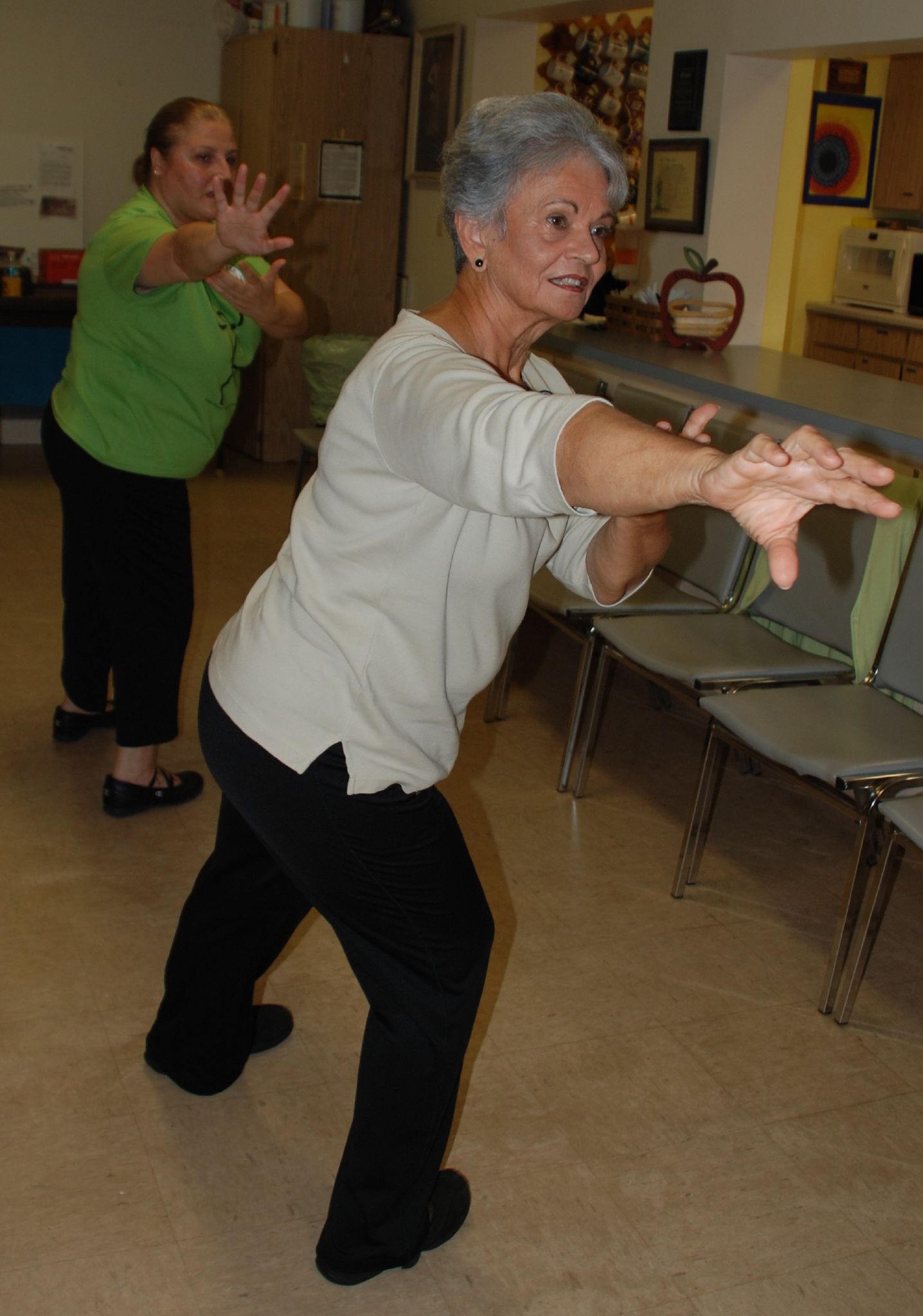
If you're interested in trying Tai Chi yourself, the best way to do it is to join a group Tai Chi class. While it is certainly possible to learn and practice it on your own, the help and skill you can gain from having an actual Tai Chi instructor is indispensable.
One of the major benefits of learning Tai Chi in a class is that it gives you the opportunity to get in-person feedback and encouragement. Your instructor can answer your questions, help you learn difficult movements, and correct your form so you learn the proper techniques.
Then, once you've built up your skills to a comfortable level, you will be able to practice Tai Chi effectively on your own. There are even many Tai Chi exercise DVD's and online instructional videos that you can use to and follow along with at home.
As you look around for classes and instructional videos, it helps to know which of the Tai Chi styles you'd like to learn. There are five styles total, but two of them—the Chen style and the Yang style—are the major parent styles from which all the other styles of Tai Chi are derived.
Here's a quick breakdown of the differences between these two main styles to help you as you seek out resources for learning Tai Chi.
The Two Major Tai Chi Styles:
- Chen Style: This is the oldest style of Tai Chi, which is often considered the most difficult. It combines quick, powerful movements along with slow ones and tends to require more strength and skill than other styles.
- Yang Style: This is the most popular form of Tai Chi today and it is practiced as a form of low-impact exercise all across the world. This style uses only slow, flowing movements and is known for its relaxing effects. The 24-form Yang style is a version of this style that uses simpler movements and is more accessible to people with chronic diseases and disabilities.
If you are not familiar with Tai Chi or have limited strength and mobility, you may want to start with the simpler, 24-form yang style. This is the style used in one of the more recent studies on Tai Chi and COPD and is also one of the most common forms practiced in the West.
According to research on Tai Chi and COPD, you should start to see results after about four months of taking classes and practicing at home. Then, if you find that it works well for you, you can continue to use Tai Chi as part of your regular exercise regimen to improve your COPD.
Examples of Tai Chi Forms for COPD

If you think you might be interested in trying Tai Chi, it can help to get a better idea of what it looks like in practice. Here are a few examples of some common Tai Chi movements along with videos to show you how they are done.
Holding Up the Sky
This is one of the most popular Tai Chi forms that is practiced all across the world, and it is a great exercise for beginners. It helps you consciously control your breathing rhythm and put it in sync with your body's movements.
Closing Posture
This form is a great cool-down exercise that can help you relax and steady your breathing. It can also be a great meditative exercise for reducing stress and anxiety.
Windmill Exercise
This Tai Chi form is a slow, relaxing exercise that stretches and tones the muscles in your arms, shoulders, and chest. It can also help you work on your breathing rhythm and open up your chest cavity to give your lungs more room to expand.
Yoga for COPD

Yoga is another form of exercise that studies show can help COPD patients improve their symptoms and their ability to exercise. Similar to Tai Chi, yoga is a thousand-year-old discipline that uses breathing and meditation practices along with low-impact physical activity as an essential part of its practice.
Yoga originally came from India and is made up of two main “pillars”: asana and pranayama. Asanas are the body postures or poses that make up the physical exercise portion of yoga, while pranayama is the deliberate practice of controlling and regulating your breathing.
When most people think of yoga, they think of the asana portion and familiar poses such as “downward facing dog” or the “tree” pose. These poses and the slow, fluid movements you use to transition between them are powerful, yet low-impact exercises that can help you build balance, strength, and muscle control.
However, true yoga practice encompasses much more than the body postures and the flowing movements you use to transition between them. Traditionally, yoga is meant to be a whole-body wellness discipline that promotes mental, emotional, and physical wellbeing.
What Makes Yoga Special?

Yoga is a fantastic exercise for COPD patients because it low-impact, slow-paced, and teaches you how to better control your breathing. Other things that make yoga unique are its mental and meditative practices, which are interwoven with the postures (asanas) and breathing techniques (pranayamas).
The wonderful thing about yoga is that it is accessible to just about anyone, even the elderly and people with chronic illnesses and pain. The different poses, or asanas, are generally simple to perform, and the more advanced positions can be modified for lower strength and skill levels.
The slow, steady movements make most yoga routines easy for people with breathing difficulties to follow without feeling short of breath. However, despite the fact that it is a slow, low-impact exercise, yoga still confers many physical benefits, including better muscle tone, respiration, and cardiovascular health.
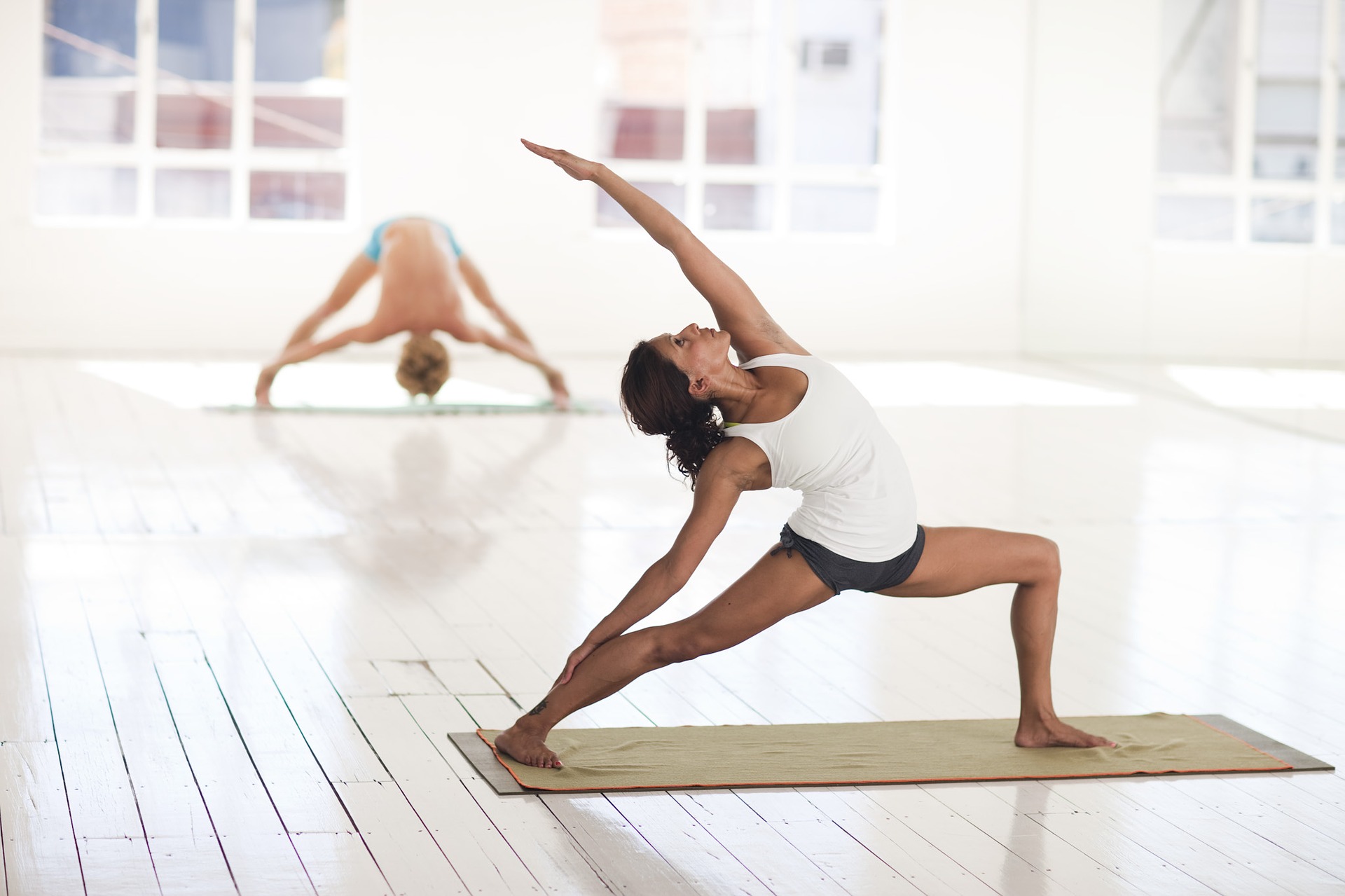
image credit: Ryderwear
The different yoga asanas work out a variety of different muscle groups in your arms, legs, shoulders, back, and core, helping you strengthen your body and improve your balance and flexibility. Some studies even show it can help with chronic pain and cardiovascular disease, afflictions that commonly affect people with COPD.
Pranayamas, on the other hand, are meant to help you observe, control, and extend your breaths in time with your movements, and is one of the major features of the exercise that makes it so useful for people with COPD. Being able to regulate and control the rhythm of your breathing is an important skill that can help patients with breathing disorders strengthen their breathing muscles and reduce shortness of breath.
The mental and emotional aspects of yoga are also represented by pranayama, which trains you to calm your mind and body through deep breathing and meditation. Yogic breathing teaches you to focus your mind on your breaths and bodily sensations and get rid of unnecessary thoughts.
Because of this, yogic breathing is a tool that you can use and practice anywhere to reduce anxiety, clear your mind, and steady your breathing. Whenever your mind feels cluttered with negative thoughts and emotions, or you feel anxious or stressed out, you can use the skills you've built through yogic breathing to relax your body and calm your mind.
Studies on Yoga and COPD
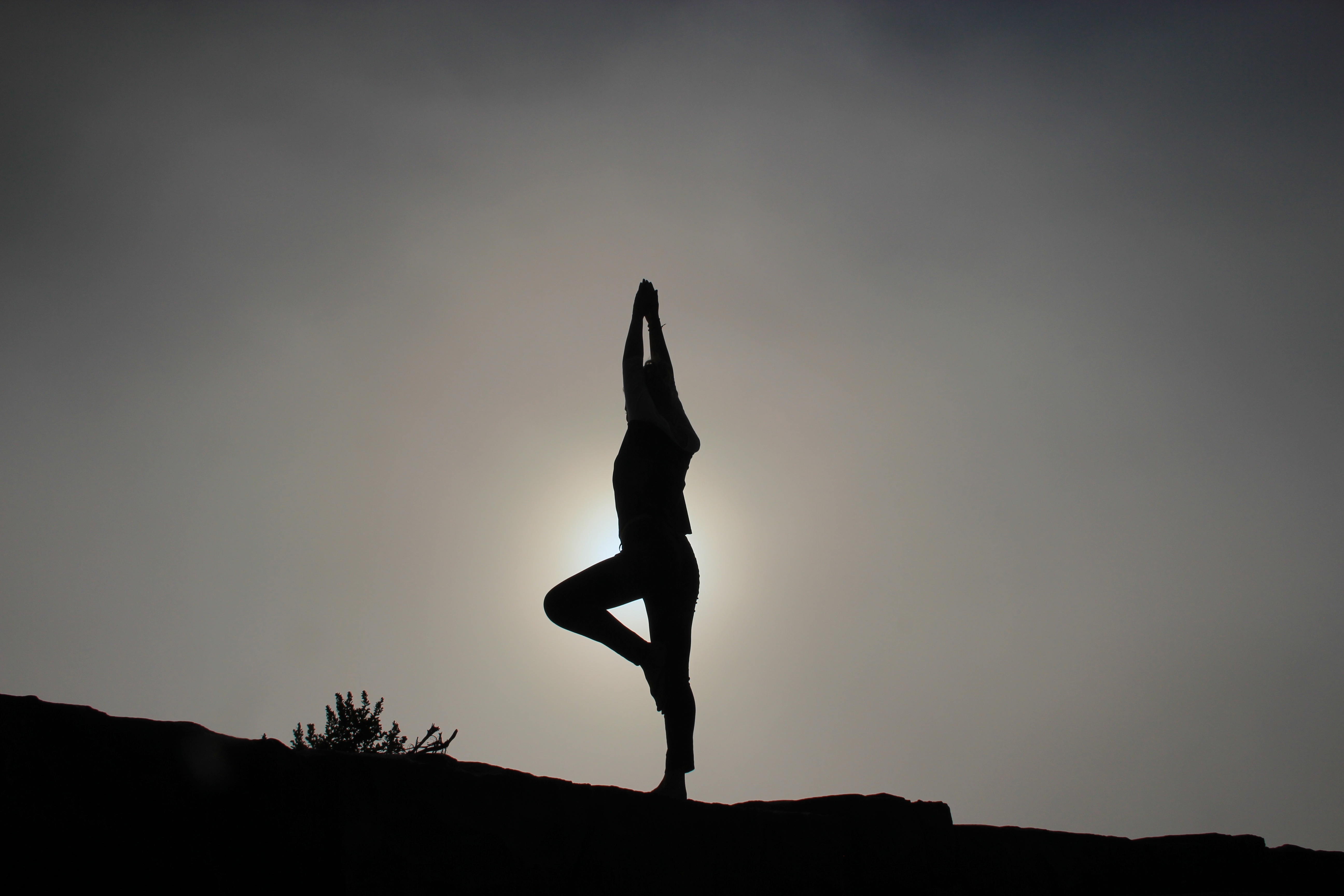
Research on yoga as a potential treatment for a variety of diseases has increased in recent years as the practice has become more popular in western societies. As part of this new wave of interest, several studies have been done to evaluate yoga as a potential treatment for COPD, with very positive results.
The meditative and breathing aspects of yoga, in particular, have been shown to help patients with COPD breathe easier and more efficiently while they exercise. One study, published in the Journal of Cardiopulmonary Rehabilitation and Prevention, found that patients were able breathe more slowly and deeply during yoga lessons.
The most promising result, however, was that patients actually showed improvements in their blood oxygen saturation levels during the yoga sessions. This indicates that yogic breathing could not only help patients control and regulate their breaths, but can also improve their overall breathing and respiration efficiency.
Another study found that practicing pranayama (yogic breathing) alone yielded positive results in patients with COPD. Compared to a control group, who only received pranayama education, those who actually practiced pranayama with trained coordinators showed minor improvements in their walking endurance and lung function measures.
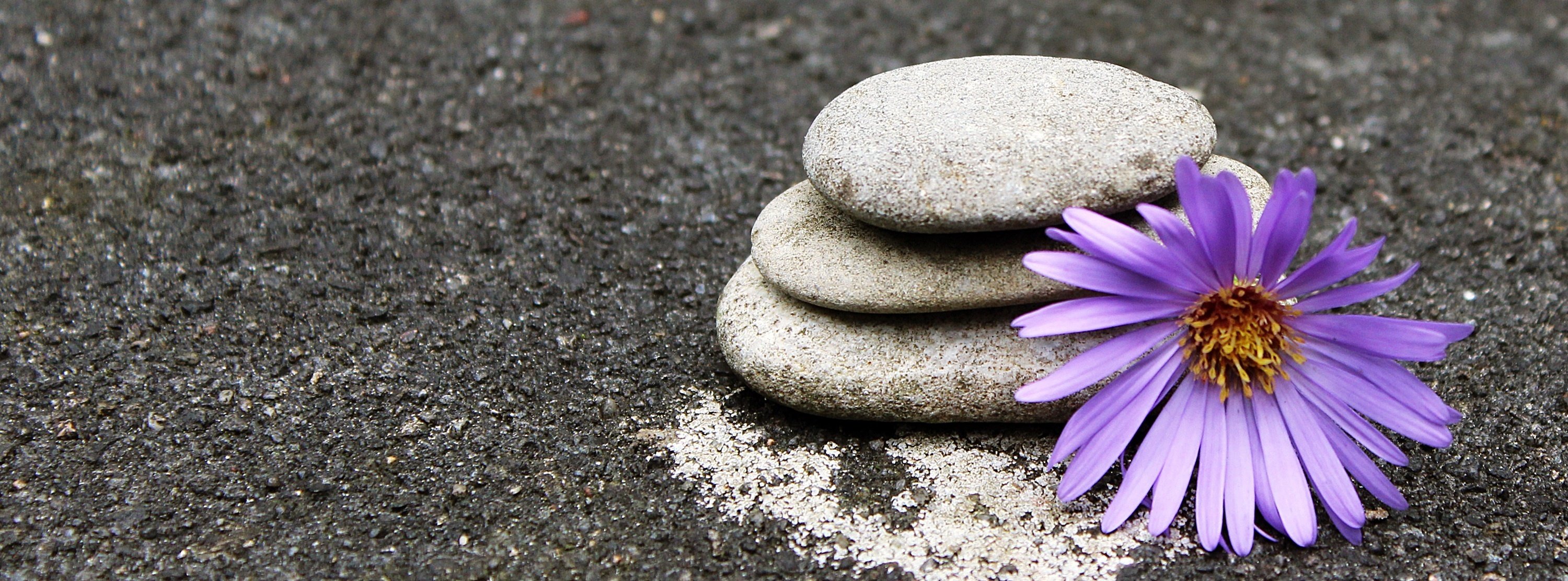
Additionally, yoga as an exercise seems to be particularly suited for people with respiratory diseases like COPD who tend to find other exercises tiring and difficult to do without experiencing shortness of breath. Because of this, some researchers even think that yoga could be an effective alternative to pulmonary rehabilitation. Most agree, at the very least, that the practice represents a “tremendous opportunity” for patients with COPD.
One academic review that looked at a variety of different studies on yoga and COPD concluded that, although the evidence was limited, it all points to the encouraging conclusion that yoga training can improve both lung function and exercise capacity in people with COPD. In the future, researchers hope to develop custom yoga programs that are designed specifically to help people with breathing disorders improve their respiration and overall physical health.
Although most of these are still early studies, they show the real-world potential of yoga and yogic breathing as a tool to treat respiratory disorders like COPD. More research is needed to better understand the effects of yoga and whether or not it is an effective replacement for pulmonary rehabilitation, but for now it seems to be a safe and promising option for patients.
Here is a quick run-down of some of the major benefits you can gain from practicing yoga:
Benefits of Yoga
- Improved lung function
- Improved muscle tone
- Improved balance
- Improved core strength
- Improved range of motion
- Reduced anxiety
- Lower blood pressure
- Increased ability to relax and reduce stress
- Improved quality of life
Practicing Yoga
If you have difficulty exercising and experience frequent shortness of breath, practicing yoga can be an effective way to improve your symptoms and exercise endurance. Especially if you are unable to participate a pulmonary rehabilitation program, finding a reputable yoga class could help you achieve many of the same benefits.
By far the best way to practice yoga is by joining a class led by an experienced practitioner. Even better would be to join a yoga program designed specifically for people with breathing disorders or COPD if there are any options in your local area.
Either way, it's best to start with a group class before attempting to do yoga on your own at home. There's no substitute for in-person instruction; it helps you ensure that you're using the correct posture and positions and allows you to master techniques at a level you couldn't reach without feedback from a skilled practitioner.
Pranayama, in particular, is often considered an advanced technique that most people cannot master without proper instruction. However, once you've become confident in your skill, you should be able to reap many of the same benefits of yoga by practicing it at home.
Some people find that taking regular yoga classes is more fun and effective than doing it alone, and continue to take classes even after they've learned the basics. In most places, you can find many different types of yoga classes with different styles and skill levels, so that anyone can find a yoga class they can learn from, whether they're a beginner or advanced.
If you finish taking a yoga class and decide to give it a go on your own, there are thousands of resources you can use to help you practice yoga at home. You can find plenty of instructional DVD's, YouTube videos, and books that can help you hone your technique an

